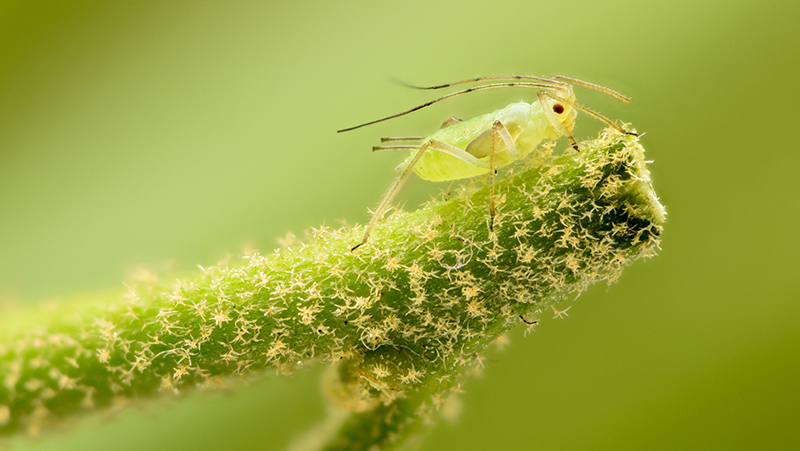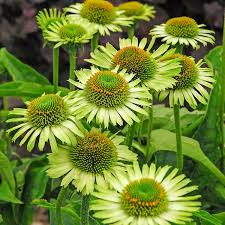nature

How to manage green aphids

How to propagate a monstera

The great thing about succulents

All the green flowers

New Zealand native bush

All about green primroses
Green flora refers to all the green plants that cover the earth, ranging from tiny mosses to towering trees. This greenery is essential for life on our planet, as plants produce oxygen through a process called photosynthesis. During photosynthesis, plants use sunlight, carbon dioxide, and water to create food, releasing oxygen as a byproduct.
Green flora includes a diverse array of plants, such as grasses, ferns, shrubs, and trees. Each type of plant has its own unique characteristics and plays a vital role in its ecosystem. For example, trees provide shade, habitats for animals, and help regulate the climate by absorbing carbon dioxide. Grasses, found in meadows and lawns, prevent soil erosion and offer food for many herbivores.
Plants are also important for humans. They supply us with food, medicine, and raw materials for building and clothing. Flowers, a part of many green plants, add beauty to our surroundings and are often used in celebrations and rituals.
Protecting green flora is crucial for maintaining the health of our environment. Conservation efforts, such as planting trees and preserving natural habitats, help ensure that these vital plants continue to thrive and support life on Earth.
Plants are green because they have something called chlorophyll. Chlorophyll helps plants make food from sunlight and it reflects green light, so we see the green color.














